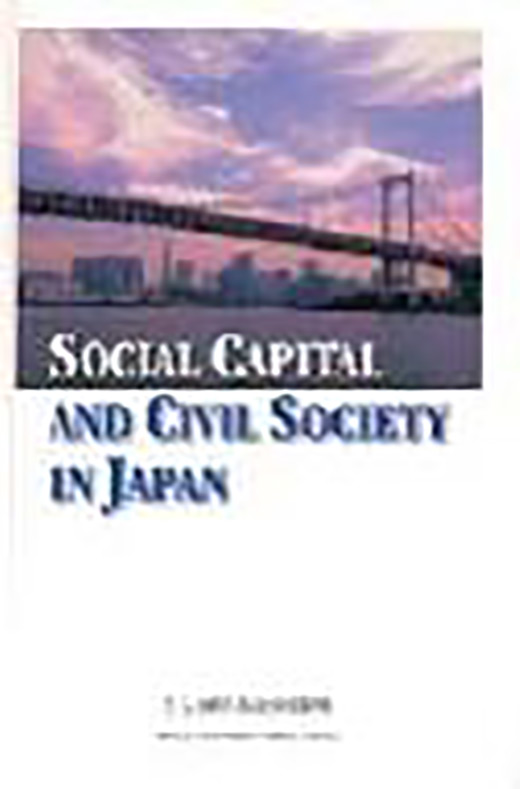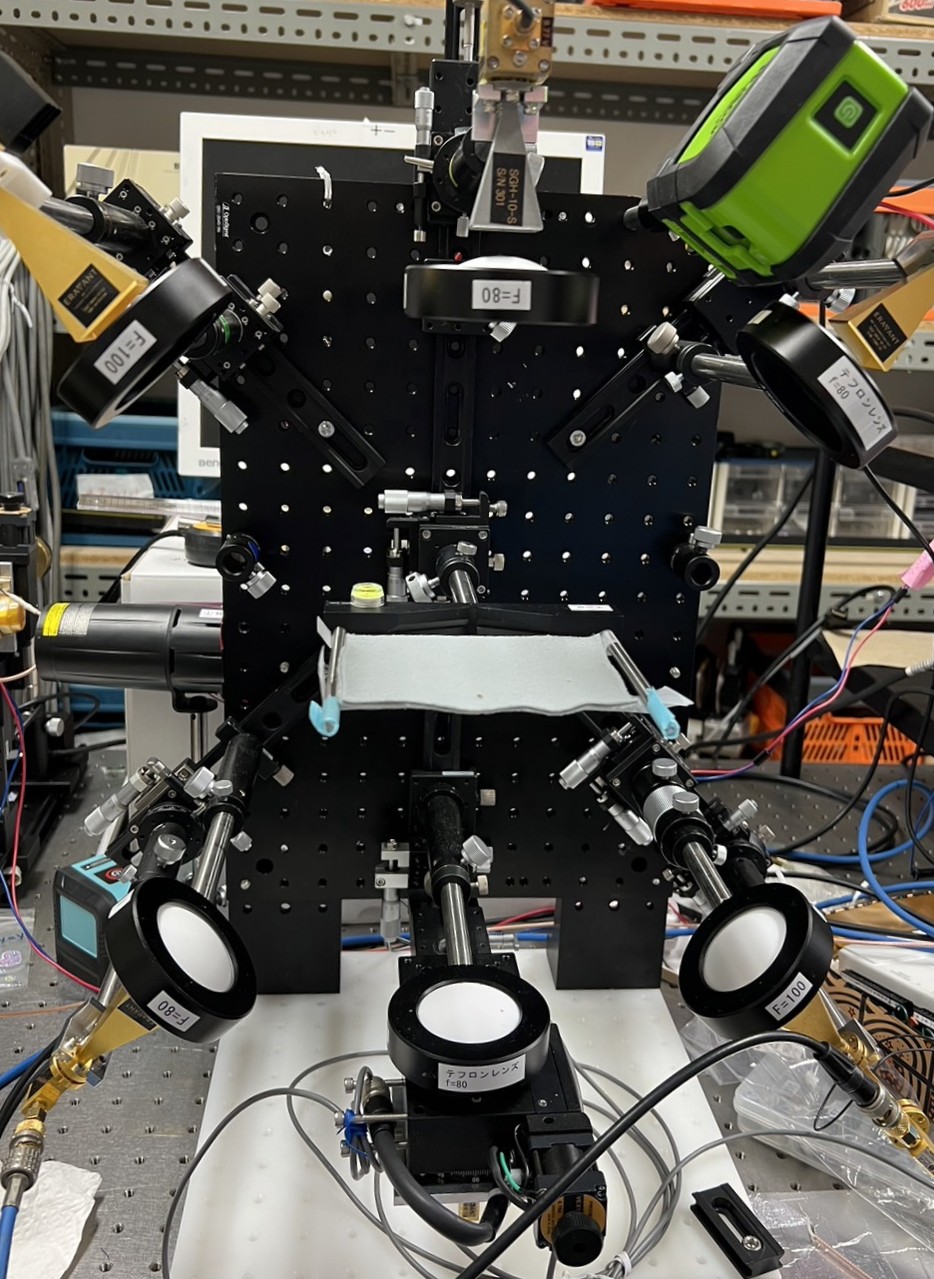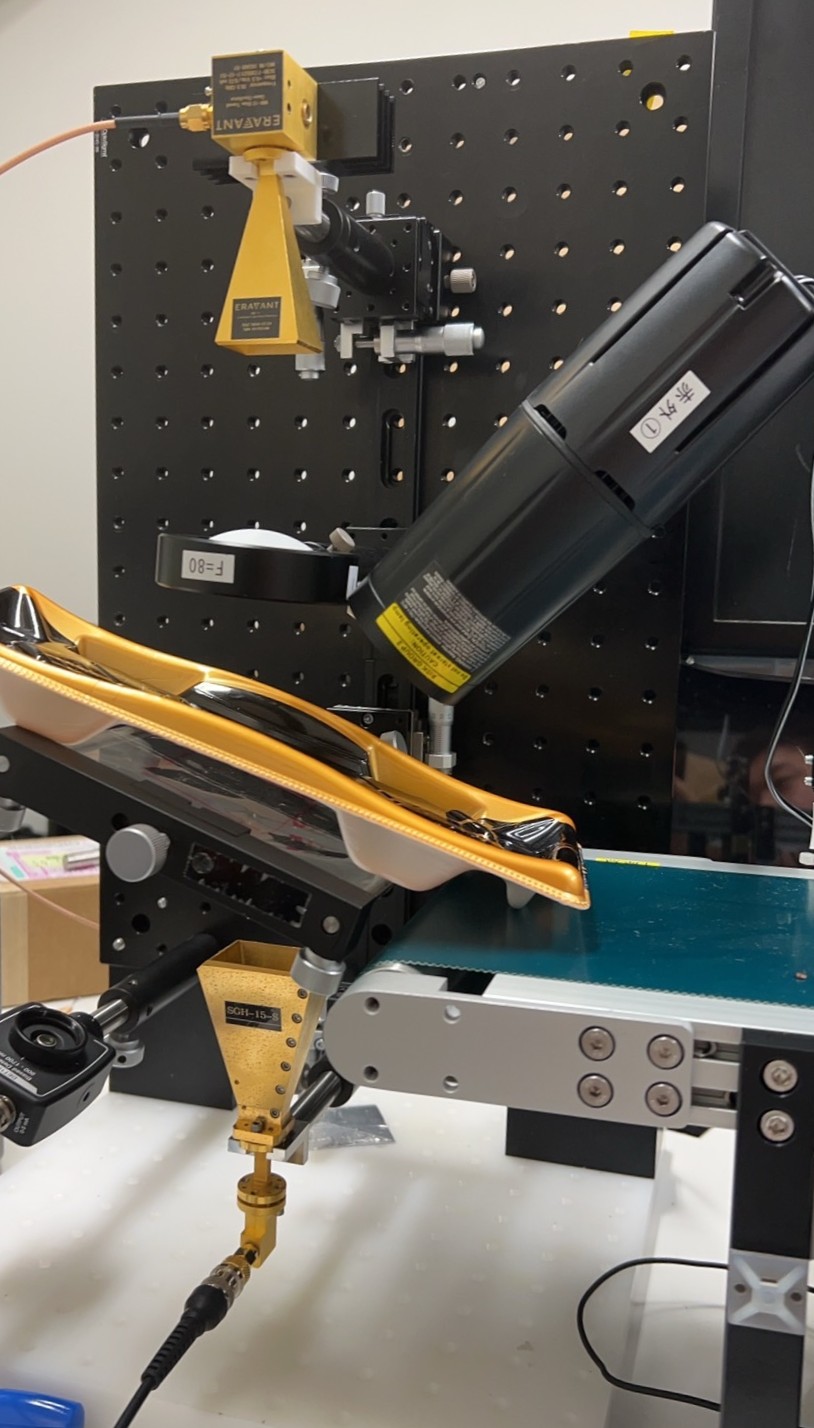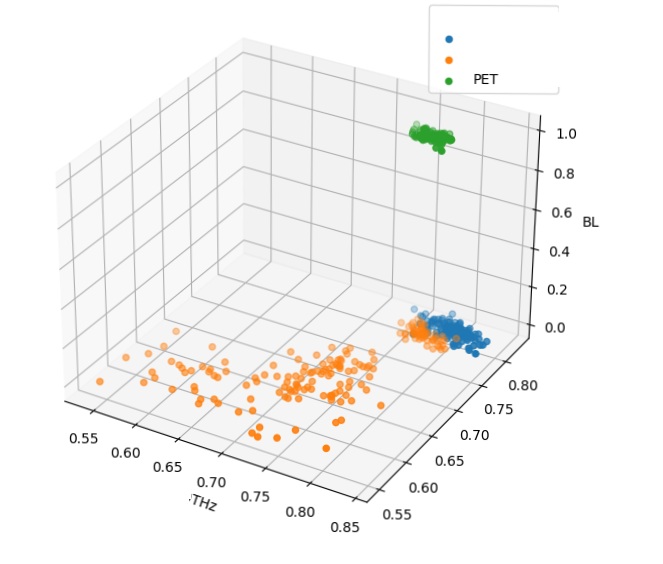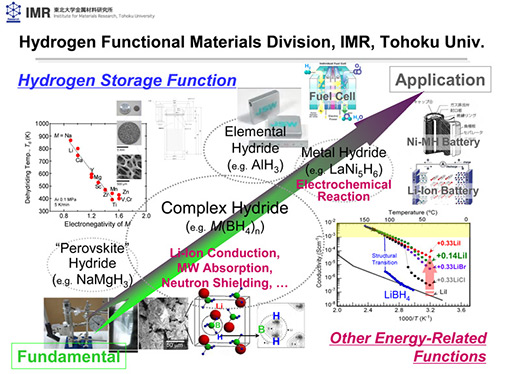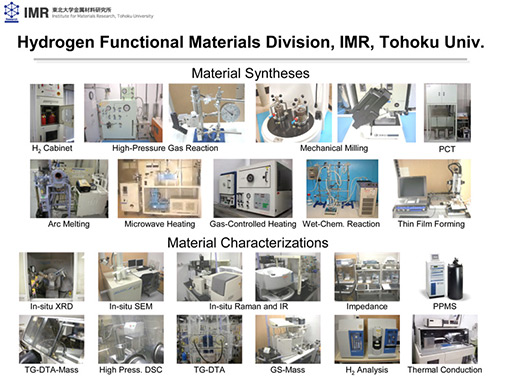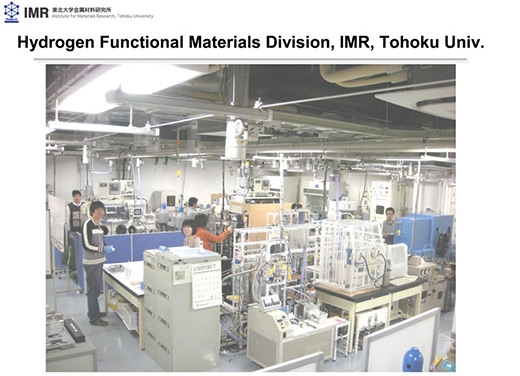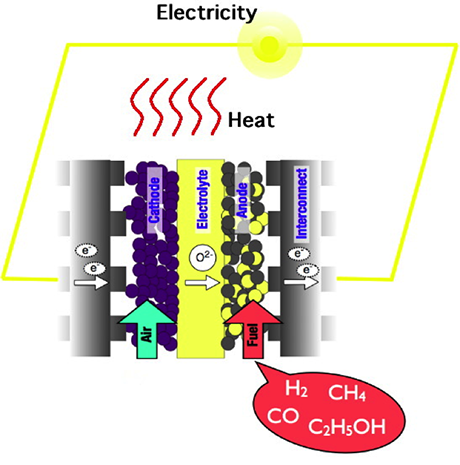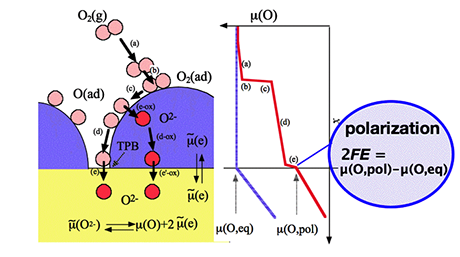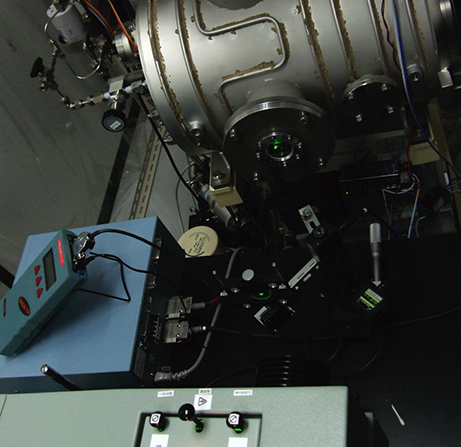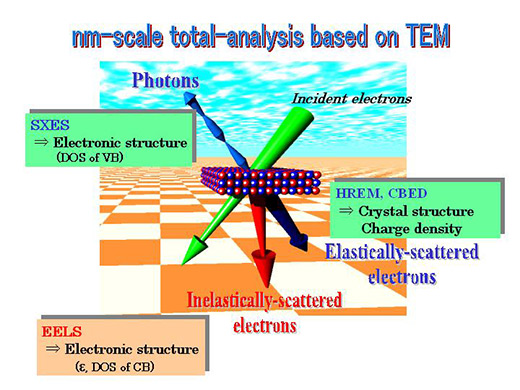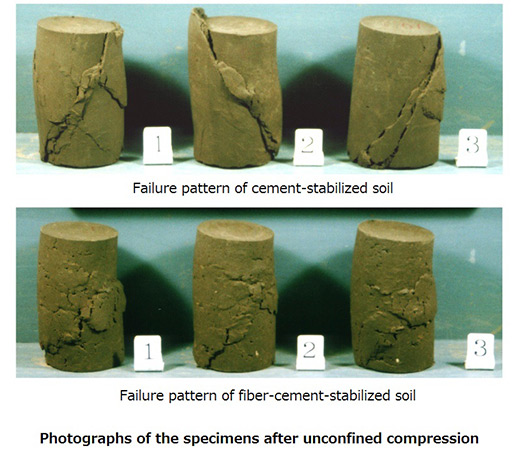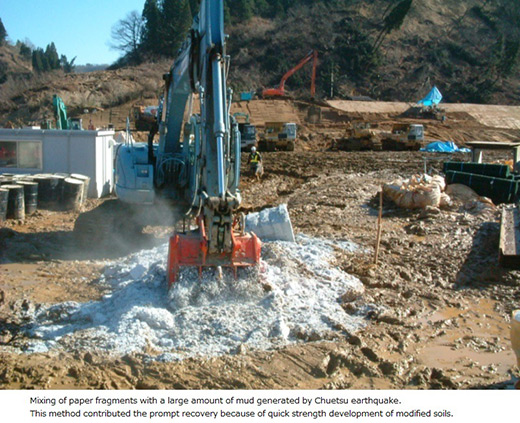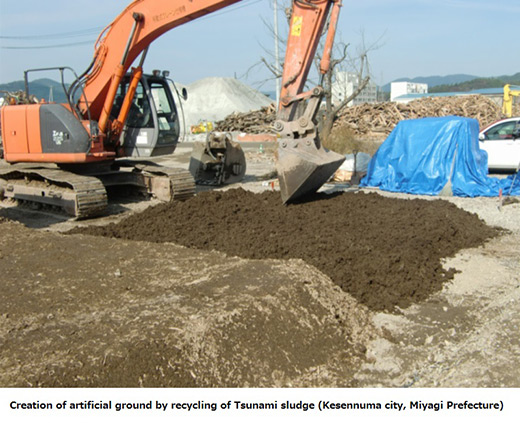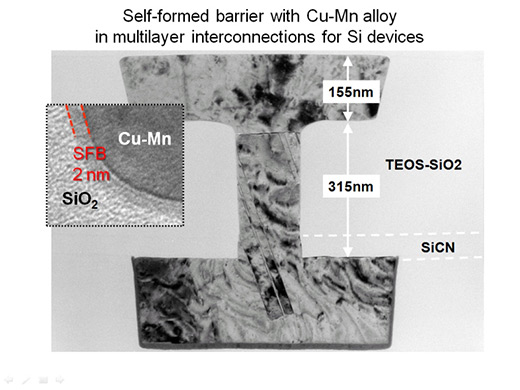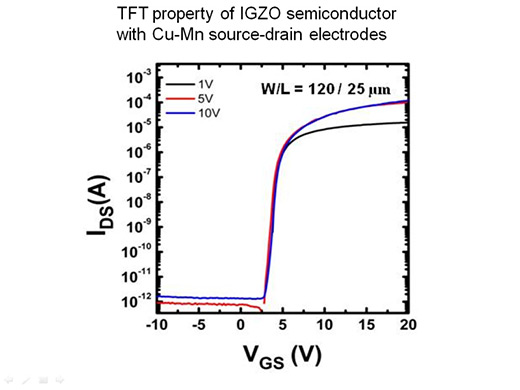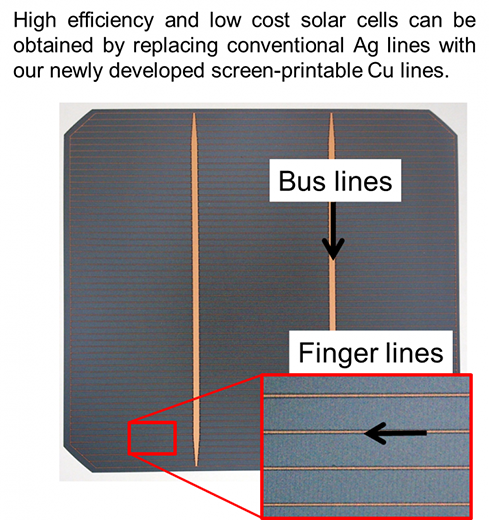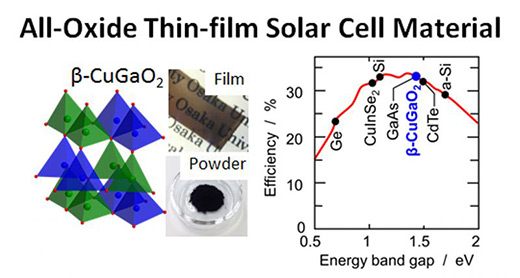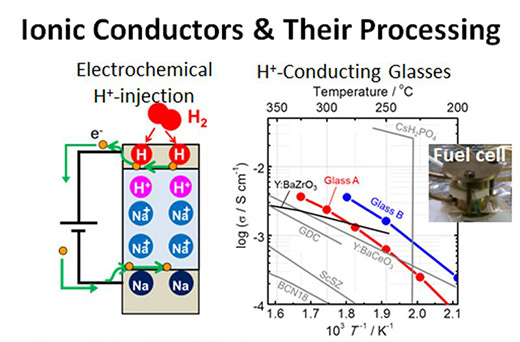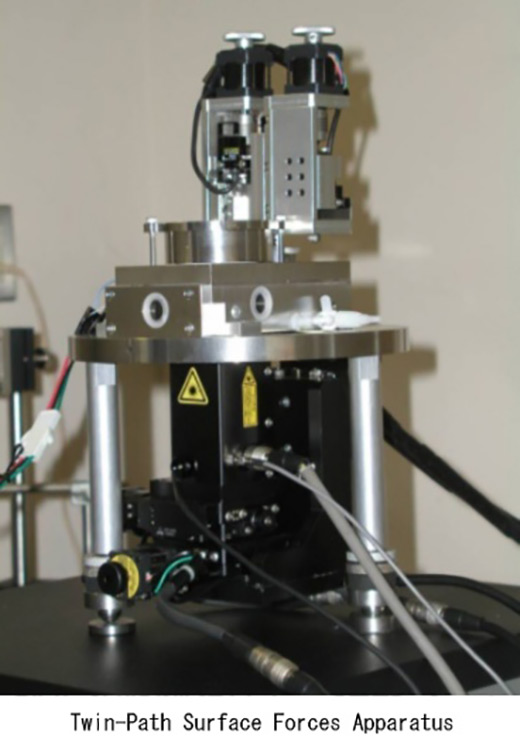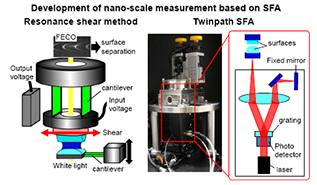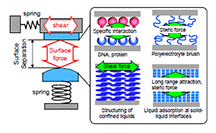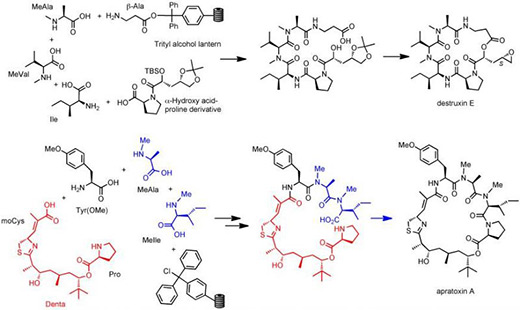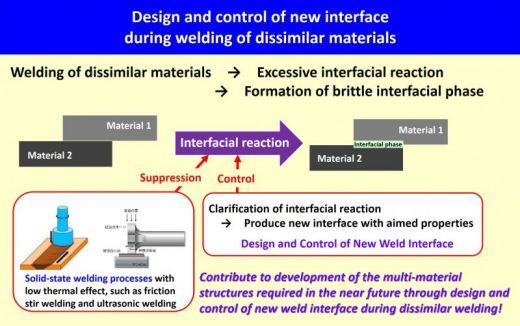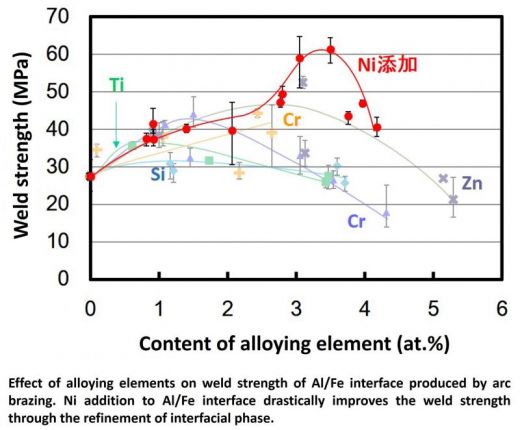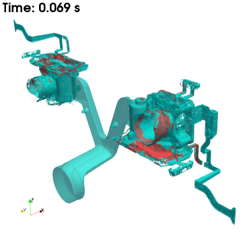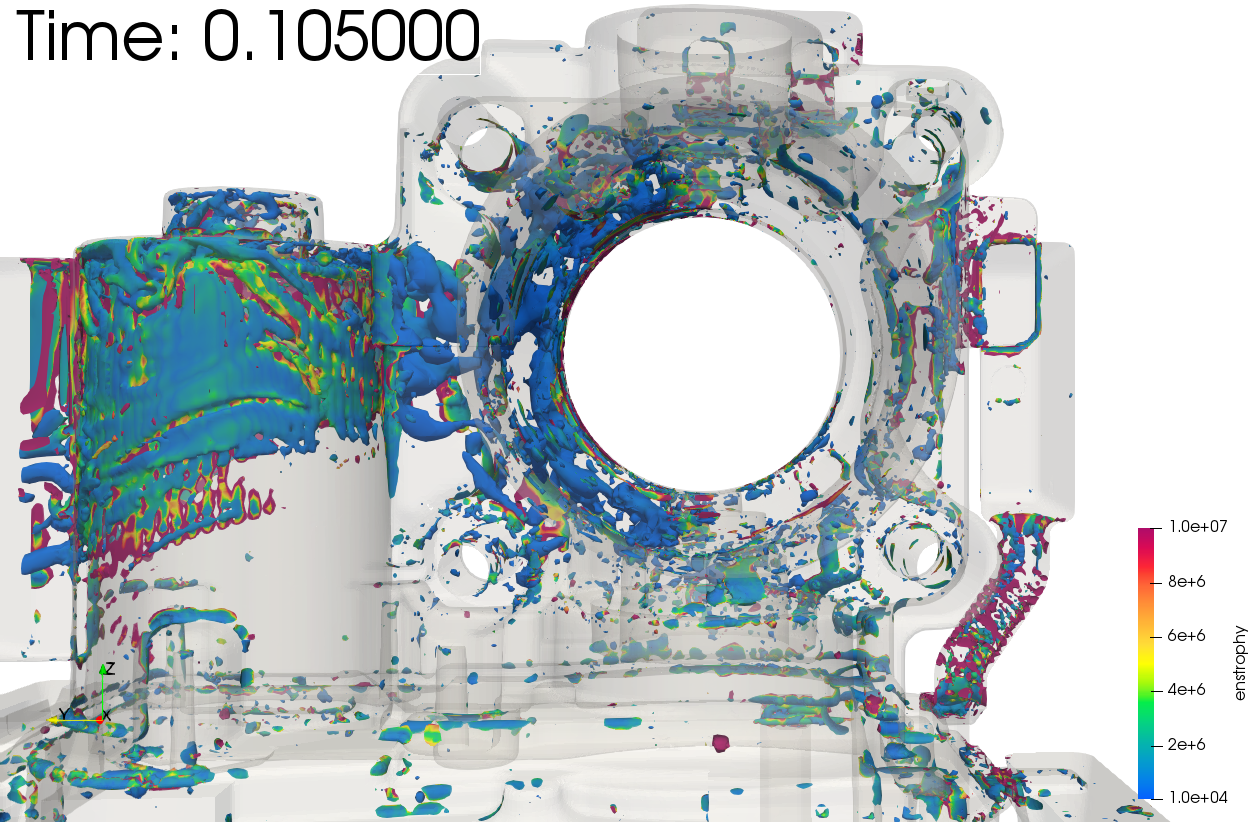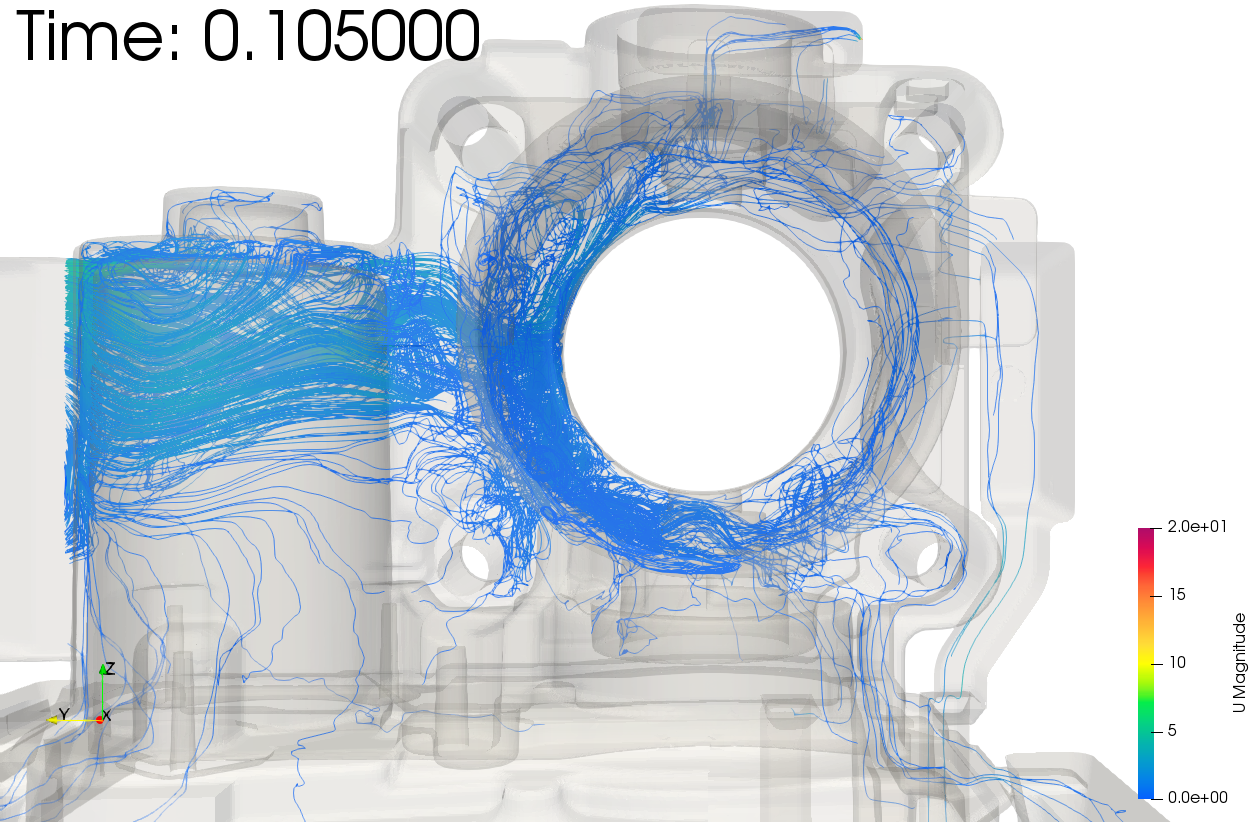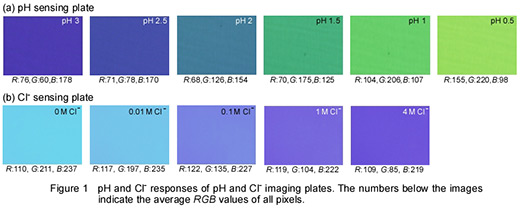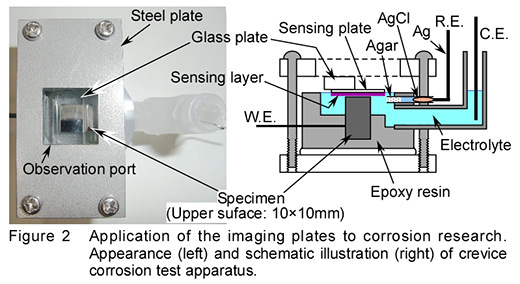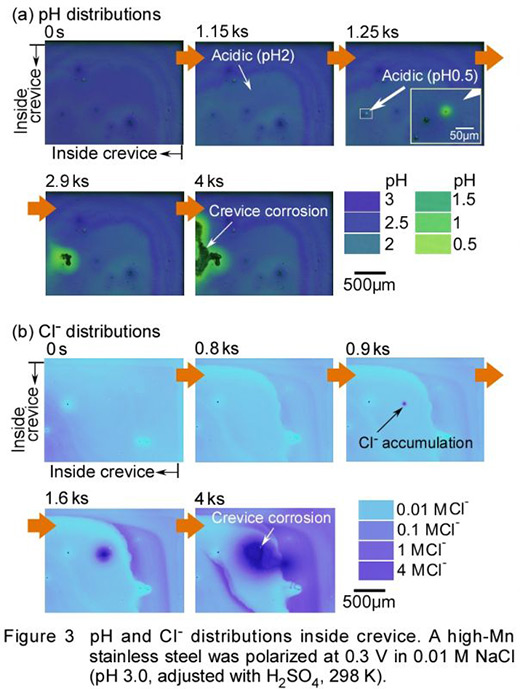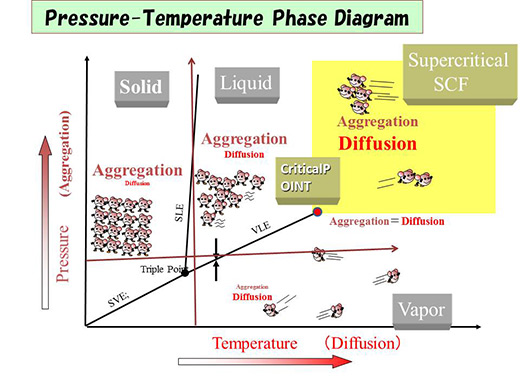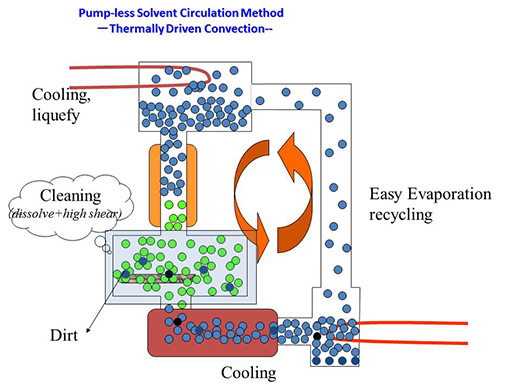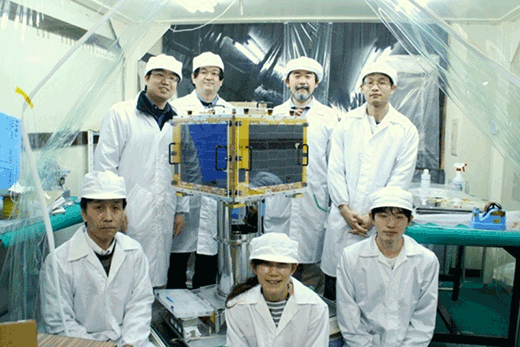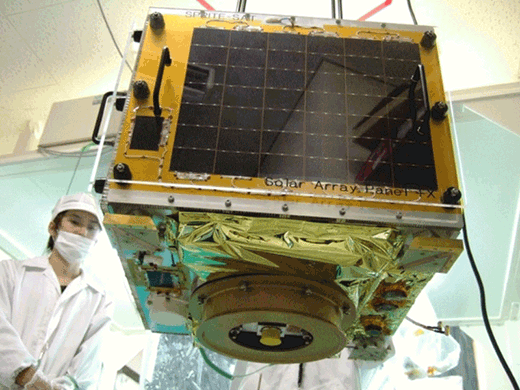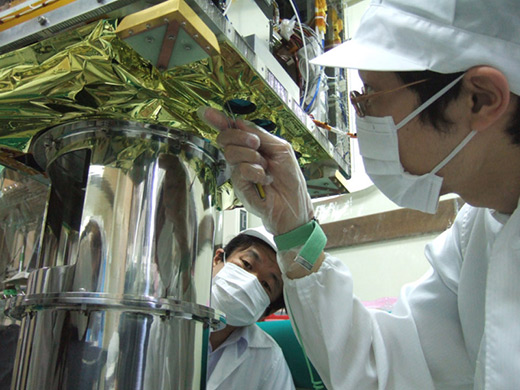"S" Keywords - 143 Result(s)
S
[Social Capital]
Nonprofit Organizations and Social Capital
ResearchersGraduate School of Economics and Management Yuko Nishide
|
[social entrepreneur]
Theory and practice of energy design to drive decarbonization
ResearchersGraduate School of Engineering Toshihiko Nakata
|
[social experiments]
Developing plastic waste sorter using Terahertz waves and social implementation of sustainable recycling technology
ResearchersGraduate School of International Cultural Studies Jeongsoo Yu
|
[social walfare]
Economics of Aging
ResearchersGraduate School of Economics and Management Hiroshi Yoshida
|
[Sodium]
“HYDRIDE" Researches for Energy Applications
ResearchersAdvanced Institute for Materials Research Shin-Ichi Orimo
|
[SOFC ]
Fuel Cell and Energy Storage Using Ion Conduction in Ceramics
ResearchersGraduate School of Environmental Studies Tatsuya Kawada
|
[Soft rock]
Development of the method of Baby Borehole Hydraulic Fracturing, BABHY
ResearchersInstitute of Fluid Science Takatoshi Ito
|
[soft-X-ray emission spectroscopy]
Nano-Scale Total-Analysis Based on TEM
ResearchersInstitute of Multidisciplinary Research for Advanced Materials Masami Terauchi
|
[Soil Improvement]
Development of Recycling Technology for High-Water Content Sludge by Using Fiber Materials
ResearchersGraduate School of Environmental Studies Hiroshi Takahashi
|
[Solar cells]
Development of Interconnect Materials and Processes for High Performance and High Reliability Electric Devices
ResearchersNew Industry Creation Hatchery Center Junichi Koike
|
[Solid electrolytes]
Developing energy creation and saving materials
ResearchersInstitute of Multidisciplinary Research for Advanced Materials Takahisa Omata
|
[Solid state physics]
Electronic properties of nanostructures and nanodevices
ResearchersAdvanced Institute for Materials Research Tomohiro Otsuka
|
[Solid-Liquid Interfaces]
Development of Nano-Interface Chemistry for Materials Sciences Using Surface Forces Measurement
ResearchersNew Industry Creation Hatchery Center Kazue Kurihara
|
[solid-phase synthesis]
Synthesis of Biologically Active Cyclodepsipeptide Natural Products
ResearchersGraduate School of Pharmaceutical Sciences Takayuki Doi
|
[Solid-state welding processes]
Design and control of new weld interface during welding of dissimilar materials
ResearchersGraduate School of Engineering Yutaka Sato
|
[Solidification]
Advanced die casting process computing with solidification phenomena
ResearchersInstitute of Fluid Science Jun Ishimoto
|
[Solution chemistry]
Chemical imaging devices which operate in severe environments
ResearchersGraduate School of Engineering Izumi Muto
|
[solvent property]
Supercritical Fluid Technology Based on its Unique Properties
ResearchersNew Industry Creation Hatchery Center Hiroshi Inomata
|
[sorter]
Developing plastic waste sorter using Terahertz waves and social implementation of sustainable recycling technology
ResearchersGraduate School of International Cultural Studies Jeongsoo Yu
|
[Spacecraft Onboard Avionics and Mission Instruments]
Design and Development of 50 kg-class Micro Satellites
ResearchersGraduate School of Engineering Kazuya Yoshida
|


 Medical
Medical
 Life Sciences
Life Sciences
 Information Communication
Information Communication
 Environment
Environment
 Nanotechnology / Materials
Nanotechnology / Materials
 Energy
Energy
 Manufacturing Technology
Manufacturing Technology
 Social Infrastructure
Social Infrastructure
 Frontier
Frontier
 Human and social sciences
Human and social sciences

